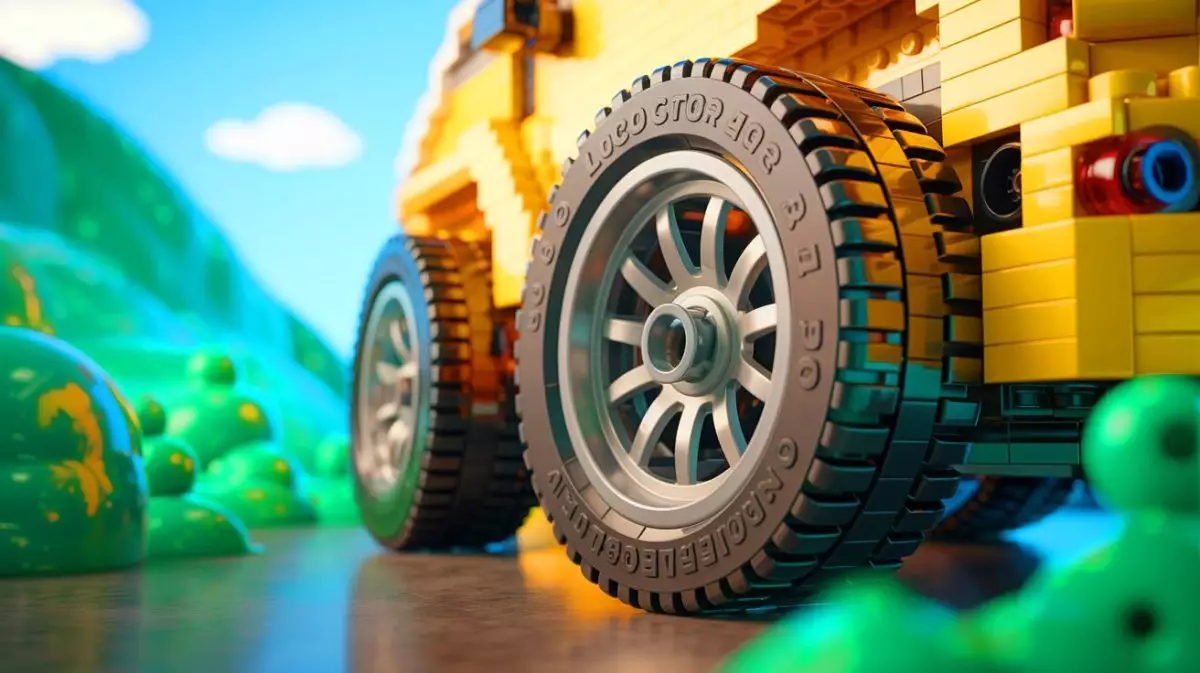| IN A NUTSHELL |
|
LEGO is not just a household name for colorful building bricks; it’s also the world’s largest tire manufacturer, with over 300 million units produced annually for its miniature vehicles. These tiny tires, while integral to the play experience, also present an environmental challenge. As global awareness of sustainability rises, LEGO is making a significant shift towards eco-friendliness by producing tires from recycled materials. This move is part of a broader commitment to sustainability and could redefine the toy industry landscape.
The Environmental Challenge
Though LEGO is celebrated for its iconic bricks, its tire production is equally vast and varied. Producing more than 300 million tires annually in over 65 sizes and styles, LEGO’s range includes everything from motorcycle to off-road tires for its toy vehicles. These components are crucial for creating cars, trucks, and more in LEGO sets. However, this massive production comes with a significant downside: the environmental impact of traditional tire manufacturing.
The manufacturing process is energy-intensive and contributes to pollution. Additionally, many LEGO products end up in landfills, exacerbating plastic pollution. This presents a substantial environmental issue that LEGO is determined to address as part of its corporate responsibility.
Tires Made from Recycled Materials
To combat the ecological issue, LEGO has developed an innovative solution: tires made from over 30% recycled materials. These new components are created using materials such as discarded fishing nets, ropes, and even recycled motor oil. This mix is transformed into a novel material known as rSEBS (recycled styrene-ethylene-butylene-styrene), a rubber that maintains the essential properties of traditional tires while being far more environmentally friendly. This material is the result of years of research and development, ensuring it meets LEGO’s high standards for quality, safety, and durability.
Already, the first tires made from rSEBS have been included in select LEGO sets, and by the end of 2025, these eco-friendly tires will feature in around 120 different sets. This initiative is a significant step toward a more sustainable product without compromising the quality and play experience that LEGO is known for.
A Broader Commitment to Sustainability
LEGO’s shift to recycled tires is just the beginning. The company is on a mission to ensure that by 2032, all its products are made from renewable and recycled materials. This ambitious goal includes exploring alternatives for the bricks themselves, such as biopolyethylene derived from sugarcane. This broader sustainability initiative reflects LEGO’s commitment to reducing its environmental footprint and leading by example in the toy industry.
By integrating sustainable practices into its production processes, LEGO aims to inspire not just children but also other companies to prioritize the planet. This forward-thinking approach positions LEGO as a leader in sustainable manufacturing, setting new standards for the industry.
Looking to the Future
LEGO’s pioneering efforts in sustainability highlight its dedication to innovation and environmental stewardship. By transitioning to recycled materials, the company is taking concrete steps to align its operations with global sustainability goals. As LEGO continues to innovate, it raises an important question for the future: How will other industries follow suit in addressing environmental challenges and promoting sustainable practices?
Did you like it? 4.4/5 (25)









Wow, I had no idea LEGO made so many tires! 😮
Are these new rSEBS tires going to be as durable as the old ones?
Great move by LEGO! Every little bit helps in saving the planet. 🌍
LEGO is setting a fantastic example for other companies to follow.
Recycled fishing nets into tires? That’s pretty innovative! 🐟
Will this shift increase the cost of LEGO sets?
Can’t believe LEGO is the largest tire manufacturer. Mind blown! 🤯
What about the LEGO bricks themselves? Any plans to make them eco-friendly too?
This is all well and good, but I hope the new tires don’t smell like fish. 😂
Is LEGO partnering with any other companies for this sustainability push?